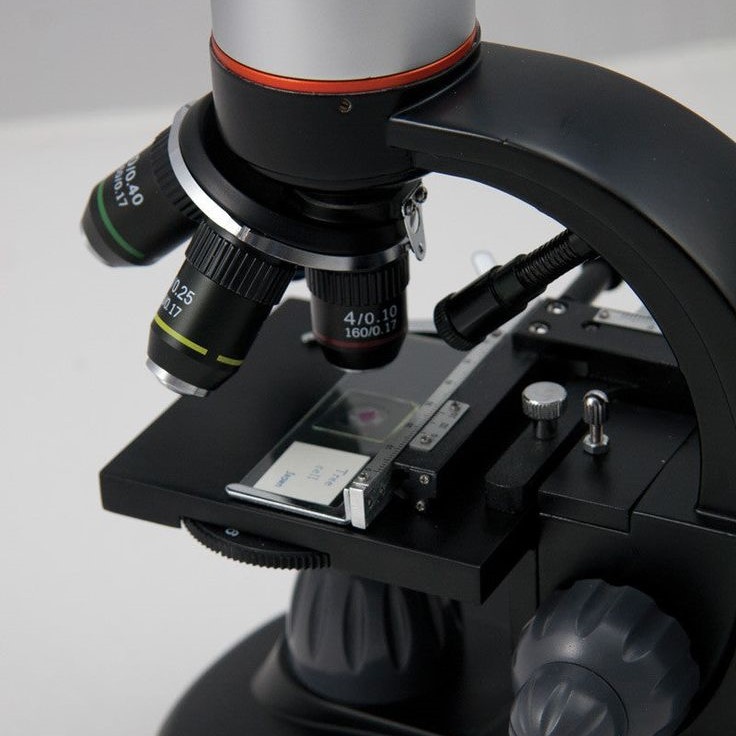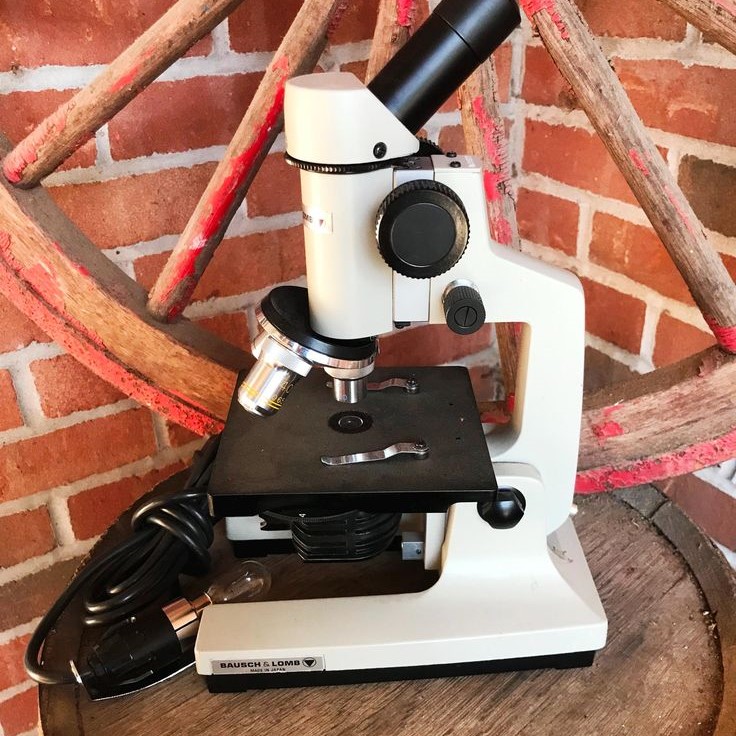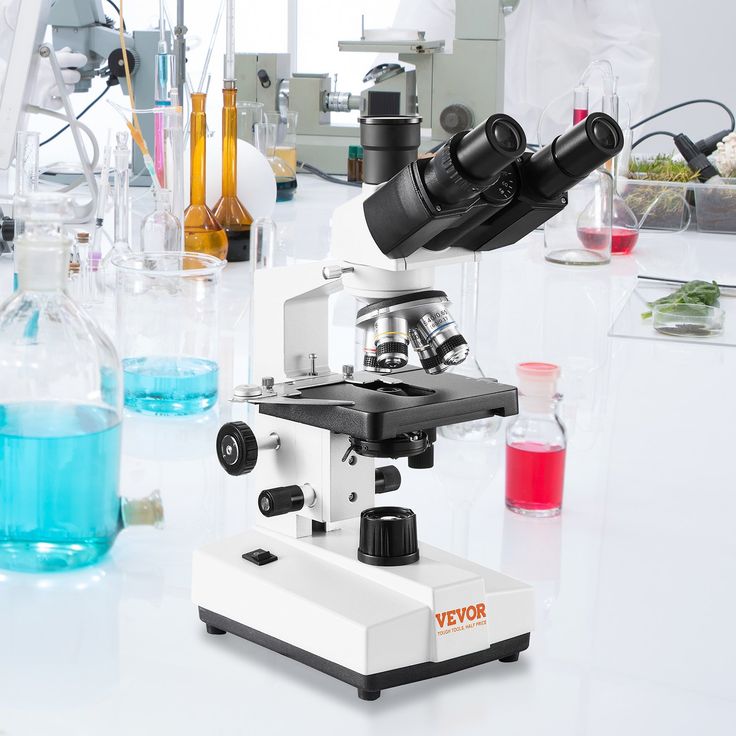Introduction: Why Choose a Quality Microscope for Sale?
When it comes to purchasing a microscope for sale, selecting the right one can be overwhelming. Whether you’re a student, educator, hobbyist, or professional scientist, having access to a reliable microscope is essential for exploration and discovery. A quality microscope allows you to observe intricate details that are invisible to the naked eye, opening doors to fascinating worlds at cellular and molecular levels. In this article, we’ll explore everything you need to know before buying a microscope in 2025—from understanding key features to identifying top models available for sale.
Microscopes have evolved significantly over the years, offering advanced capabilities such as digital imaging, LED illumination, and ergonomic designs. These improvements make them more accessible and user-friendly than ever before. However, not all microscopes for sale are created equal. Ensuring you invest in a quality product guarantees accurate results and long-term satisfaction. Modern lifestyles demand precision, and a well-chosen microscope delivers exactly that—reliability and adaptability for various needs.

Essential Factors
Before setting out to find a microscope for sale, it’s critical to consider several key factors. These ensure that you make an informed decision and select a microscope that suits your needs perfectly.
- Purpose and Application: Define what you intend to use the microscope for. Different models excel in varying fields such as education, research, or industrial inspection.
- Magnification Needs: Assess the level of magnification required for your work. Compound microscopes offer higher magnification, while stereo microscopes provide lower but three-dimensional images.
- Resolution Quality: The clarity of the images produced is vital. Look for a microscope with superior optical quality to ensure crisp, detailed observations.
- Illumination: Proper lighting is essential for microscopy. Consider microscopes with adjustable LED lighting for the best viewing experience.
- Ease of Use: A user-friendly interface and ergonomic design can enhance comfort during long hours of use. It’s important, especially for educational and frequent-use environments.
- Durability: Investing in a durable microscope that can withstand frequent use and potential mishaps is wise, ensuring longevity and reliability.
- Brand and Manufacturer: Research the reputation of the brand and manufacturer. Quality after-sales support and warranty are indicators of a reliable product.
Remember, taking the time to evaluate these aspects when looking into a microscope for sale will save you time, money, and ensure satisfaction with your purchase.
Types of Microscopes Available in the Market
When searching for a microscope for sale, it’s important to understand the different types on the market. Each variety serves specific purposes and offers different features.
Compound Microscopes
Compound microscopes are the classic choice for detailed cellular study. They offer high magnification, typically up to 1000 times or more. Ideal for use in education or laboratory research, compound microscopes provide clear views of tiny specimens like bacteria or tissue samples.
Stereo Microscopes
Stereo microscopes, also known as dissecting microscopes, present a 3D view of the sample. They have lower magnification levels but allow for manipulation of larger objects. These scopes are perfect for botany studies, circuit board inspections, or any field that requires depth perception.
Digital Microscopes
In the digital age, digital microscopes stand out. They connect to a computer or display and capture images for analysis or sharing. These microscopes suit modern laboratories and educational settings where digital documentation is necessary.
Portable and Handheld Microscopes
Mobility is often a must in fieldwork or teaching environments. Portable and handheld microscopes fulfill this need. Lightweight and compact, they make it possible to examine samples on-the-go, adding convenience to on-site analyses.
Selecting the right microscope hinges on identifying your specific needs and applications. With this knowledge, you can confidently navigate the microscope marketplace and find the suitable type that aligns with your tasks.

The Advancement of Microscopy Technology in 2025
The year 2025 has seen impressive strides in microscopy technology. Advances have made microscopes more powerful, user-friendly, and versatile than ever before. As you look for a microscope for sale, consider how new tech can enhance your work.
- Enhanced Image Clarity: Modern microscopes feature improvements in optical components. These offer sharper images and better resolution. Researchers can now view details that were once too small to see.
- Integrated Digital Features: Most new models come with digital capabilities. They allow easy capture and sharing of images. Connect to computers or mobile devices for a streamlined workflow.
- Automation and Software: Advanced software powers microscopes today. Automation in focus, light adjustment, and image analysis saves time and improves accuracy. Tasks that used to take hours can now be done in minutes.
- Portability and Connectivity: Cutting-edge microscopes now boast portability without compromising on quality. They often include features like wireless connectivity. This makes them ideal for fieldwork or dynamic classroom settings.
- Eco-friendly Designs: Eco-conscious designs feature in new microscopes as well. LED lighting conserves energy, and durable materials reduce the need for frequent replacements.
When searching for a microscope for sale, the 2025 advancements add value to your purchase. These improvements ensure your investment stays current with the latest in scientific exploration.
Features to Look for in a Modern Microscope
As you consider a microscope for sale, it’s crucial to look for modern features that can significantly improve your microscopy work. Here are key features to look for:
- High-Resolution Optics: The lenses should offer high resolution to see fine details.
- Advanced Illumination: Look for systems with adjustable LED or fluorescent lighting for clear images.
- Digital Imaging Capabilities: A built-in camera for capturing and sharing images is a big plus.
- User-Friendly Interfaces: Seek microscopes with intuitive controls for hassle-free operation.
- Software Integration: Software for image processing and measurement enhances research capabilities.
- Motorized Components: Automated stages and focus can make your work faster and more precise.
- Robust Construction: A microscope built with quality materials will last longer and be more reliable.
- Ergonomic Design: Comfortable viewing configurations can reduce fatigue during long sessions.
- Warranty and Support: Ensure you have access to customer support and a solid warranty.
- Environmental Considerations: Features such as energy-saving modes show commitment to sustainability.
Each feature adds value to a microscope and streamlines the tasks you perform. When browsing for a microscope for sale, ensure the model you choose is equipped with these modern advancements.
Determining Your Specific Microscopy Needs
Before searching for a microscope for sale, it’s vital to pinpoint your specific needs. A clear understanding of what you require will guide your buying decision and help you find the most fitting microscope for your tasks.
- Identify Your Subjects: Know the specimens or subjects you’ll be examining. Size and complexity matter.
- Consider Your Work Environment: Think about where you’ll use the microscope. Lab? Classroom? Field?
- Frequency of Use: Are you using it daily or just occasionally? This affects the durability needed.
- Type of Analysis: Do you need to measure, capture images, or just observe?
- Special Requirements: Look for features like fluorescence, polarizing light, or phase contrast if needed for your work.
- Future Needs: Anticipate if you might need to upgrade or expand your microscope capabilities.
Compiling a checklist of these considerations will streamline your search for a microscope for sale and ensure you make a purchase that complements your specific microscopy requirements.
Budgeting for Your Microscope: Price Range and Financing Options
When planning to buy a microscope, budgeting is key. Knowing how much money you can spend is the first step. Microscopes come in a range of prices. Entry-level models might be under a few hundred dollars. High-end models, with advanced features, can cost thousands. Here are important points to consider for budgeting:
- Set a Price Range: Decide on a maximum spend based on your needs. Look for a microscope for sale within that range.
- Explore Financing Options: Some sellers offer payment plans or financing. This can spread the cost over time, making it more manageable.
- Consider Used Equipment: Buying a used microscope can save money. Just make sure it still meets your needs and is in good condition.
- Plan for Additional Costs: Remember extra expenses. These can include accessories, software, or extended warranties. Add them to your initial budget.
- Check for Discounts or Grants: Seek out deals during sales. Look for educational discounts if you’re in academia. Sometimes, grants are available for research.
- Account for Future Upgrades: Think ahead to avoid extra costs later. If you’ll need more capabilities, invest in a microscope that can be upgraded.
Allocating funds correctly will lead you to the right choice. Stick to your budget but also consider long-term value. Buying a microscope for sale that fits your financial situation is crucial.
Where to Buy Microscopes: Retail vs. Online Marketplaces
When you’re ready to buy a microscope, choosing where to purchase it is crucial. Retail stores and online marketplaces are the main options. Each has its pros and cons. Here’s what you should consider for both:
Retail Stores
Buying from retail stores offers a hands-on experience. You can physically examine the microscope, evaluate its build quality, and test its features. In-store experts can also provide guidance and answer your questions in person. However, retail stores might have a limited selection and higher prices due to overhead costs.
- Personal Interaction: Get immediate feedback and assistance.
- Try Before You Buy: Assess the microscope directly.
- Immediate Purchase: Take the microscope home that day.
- Potential Higher Cost: Prices may reflect the store’s overhead.
- Limited Selection: Stocks are determined by store size and focus.
Online Marketplaces
Online marketplaces offer convenience and variety. You can find a microscope for sale from the comfort of your home. They often have competitive prices and a broader range of models. However, it’s harder to judge quality and features without seeing the microscope firsthand. Shipping times and costs are also factors to consider.
- Convenience: Shop from anywhere at any time.
- Wide Selection: Access numerous brands and models.
- Comparisons: Easily compare specs and prices.
- Customer Reviews: Read opinions from other buyers.
- No Immediate Access: Shipping takes time, and you can’t test before purchase.
In conclusion, the best place to buy a microscope depends on your preference for convenience or direct assessment. Consider visiting a retail store if you prefer to touch and feel the product before you buy. If you’re looking for variety and competitive pricing, online marketplaces might suit you better. Remember to factor in the microscope’s features, your budget, and the seller’s reputation when making your decision.
Maintenance and Care Tips for Your New Microscope
Once you have acquired a microscope for sale, maintaining its condition is crucial. Here are some tips to keep your microscope functioning properly:
- Handle with Care: Always lift the microscope by its base and arm. Avoid touching optical surfaces.
- Clean Regularly: Wipe the body with a soft, lint-free cloth. Use special optics cleaning solution for lenses.
- Store Properly: Cover the microscope with a dust cover when not in use. Ensure it’s stored in a dry place.
- Check Alignment: Periodically verify that optics are aligned. Misalignments can occur with regular use.
- Avoid Moisture: Moisture can damage microscope parts. If exposed, dry gently with air flow.
- Limit Exposure to Chemicals: Chemicals can corrode metal parts. Clean spills immediately, using appropriate cleaners.
- Manage Cables and Accessories: Organize cables to prevent tripping. Store accessories in designated cases.
- Routine Inspection: Regularly inspect mechanical parts. Look for wear and tear or loose components.
- Professional Servicing: Schedule a professional maintenance check annually. They’ll catch issues you may miss.
Proper maintenance extends the life of your microscope and ensures precise results every time you use it.
Conclusion
In summary, investing in a quality microscope for sale transforms how you interact with the microscopic world. From enhancing educational pursuits to supporting professional endeavors, the right choice empowers deeper understanding and appreciation of hidden wonders. By considering factors like type, features, and maintenance, you ensure lasting satisfaction from your purchase.
Whether you’re shopping for personal use or business purposes, selecting a quality microscope reflects commitment to excellence. Modern advancements continue pushing boundaries, offering increasingly sophisticated tools for every level of expertise. Remember, the perfect microscope exists—it simply awaits discovery among countless options currently available for sale. With so many benefits and applications, there’s never been a better time to join the ranks of explorers armed with this indispensable scientific companion.







